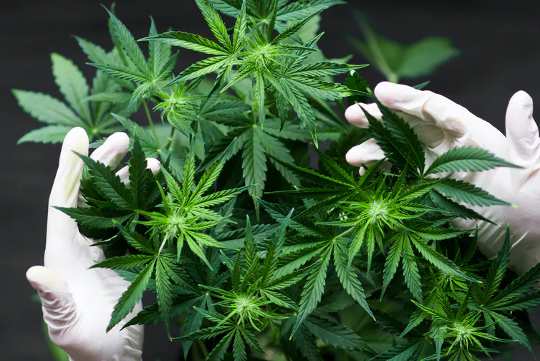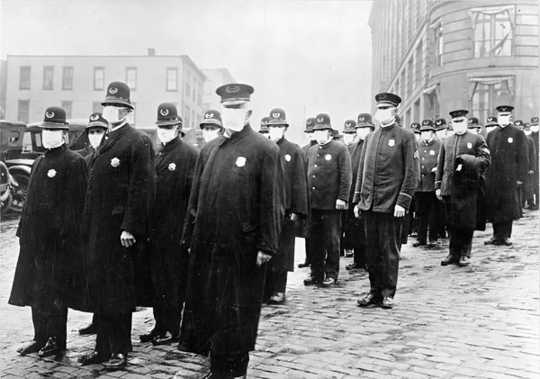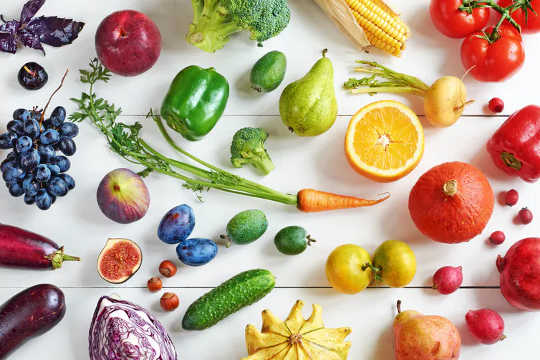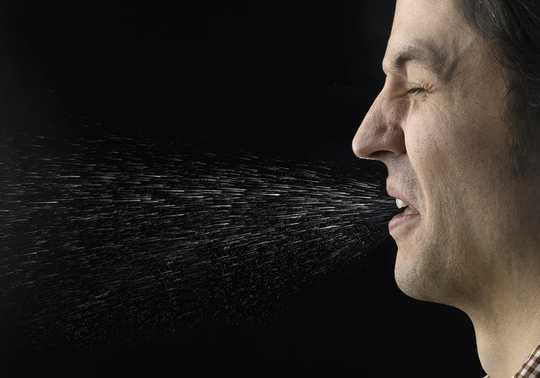
Psychiatric classifications catalogue the many forms of mental ill-health. They define what counts as a disorder and who counts as disordered, drawing the boundary between psychological normality and abnormality.
- By Taison Bell

This is a headline I hoped to not see again after the number of coronavirus infections had finally started to decline in the Northeast and Pacific Northwest.

Nearly 100 years ago, two British researchers, William Topley and Graham Wilson, were experimenting with bacterial infections in mice. They noticed that individual survival depended on how many of the mice were vaccinated.

How is the world going to go back to the days when we could grab a coffee, see a movie, or attend a concert or footy game with anyone?

The COVID-19 pandemic has forced us to reimagine our summers. In the past, urban parks were bursting with randomly distributed crowds of sun-lovers.

People who have been seriously unwell and treated on intensive care units can expect to take some months to recover fully, regardless of their ailment.

How the brain works remains a puzzle with only a few pieces in place. Of these, one big piece is actually a conjecture: that there’s a relationship between the physical structure of the brain and its functionality.

Cannabis use has long been associated with memory loss. But until now, this notion was largely anecdotal.

In January 2015, food sales at restaurants overtook those at grocery stores for the first time. Most thought this marked a permanent shift in the American meal.

How long can someone be infected with the virus unknowingly? It’s a question hundreds of thousands of people are asking themselves as they enter official or self-imposed quarantines or take contact tracing upon themselves. And the answer is now more unsettled than it was two weeks ago.

We have all seen the alarming headlines: Coronavirus cases are surging in 40 states, with new cases and hospitalization rates climbing at an alarming rate.
- By Rick Kushman
 Social distancing and wearing a mask prevent you from spreading COVID-19, but they also protect you from getting it, two experts explain in a new video discussion of coronavirus transmission.
Social distancing and wearing a mask prevent you from spreading COVID-19, but they also protect you from getting it, two experts explain in a new video discussion of coronavirus transmission.
- By Ron Fricker

Disease surveillance is the process by which we try to understand the incidence and prevalence of diseases across the country, often with the particular goal of looking for increases in disease incidence.

Let’s take a moment to discuss several misconceptions about menopause, aka “the change of life.” In Angeles Arrien’s book The Second Half of Life, she states, “Unfortunately, our culture’s current perspective is that the second half of life offers only decline, disease, despair, and death.”

Apart from reduced social interaction and the domestic juggling involved, homes are not usually designed to replicate a workplace environment when it comes to employees’ health.

Eating about five servings of fruit and vegetables a day is widely promoted as a key part of a healthy diet.

In the current pandemic many parents of young children are finding themselves spending more time in the role of caregiver than usual.
- By Kara Manke

For some individuals with COVID-19, recovering from the acute phase of the infection is only the beginning, John Swartzberg warns.

Australia’s chief medical officer Paul Kelly today recommended people in Melbourne and the Mitchell Shire wear masks when leaving the house...
- By Mikayla Mace

While research has shown masks are effective in reducing the spread of COVID-19, not all masks or mask materials are equally effective, according to new research.

When someone coughs, talks or even breathes, they send tiny respiratory droplets into the surrounding air. The smallest of these droplets can float for hours, and there is strong evidence that they can carry live coronavirus if the person is infected.

Six months into the COVID-19 pandemic, we’re still learning what the disease can do. There are now detailed reports of brain illness emerging in people with relatively mild lung illness, in those who are critically ill and also in those in recovery.

Food cravings often stem from basic unmet needs for fun, excitement, or love -- issues most would consider "normal" and within our power to self-heal. Some people's food cravings remain constant; for example, they always crave ice cream. Other people go through "food kicks" in different weeks.
















